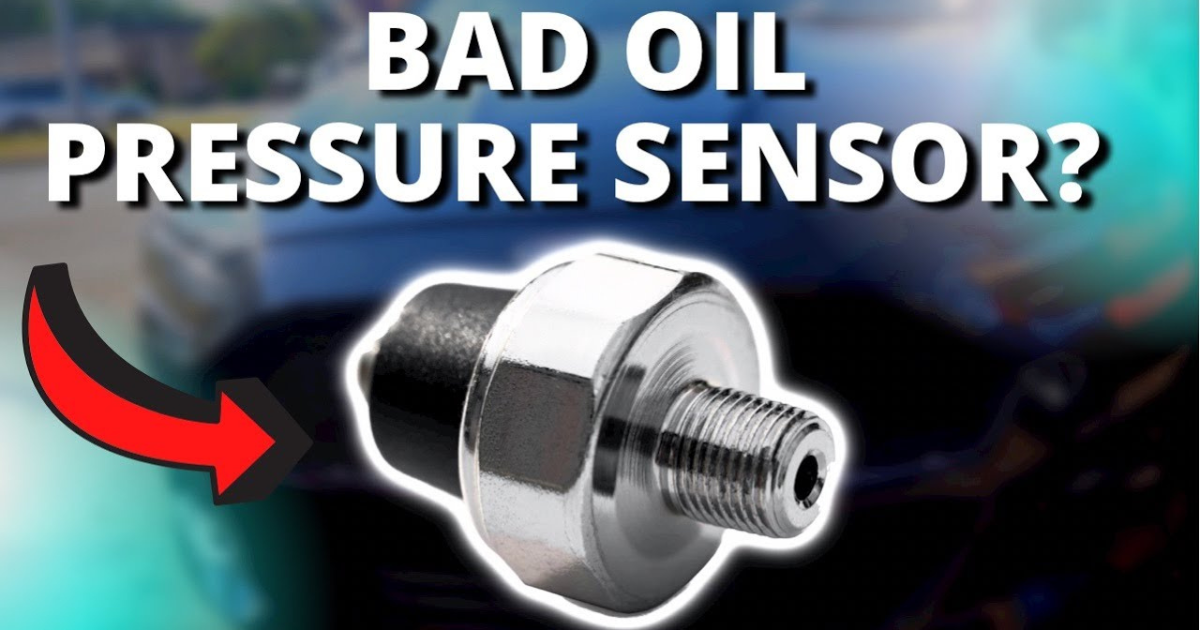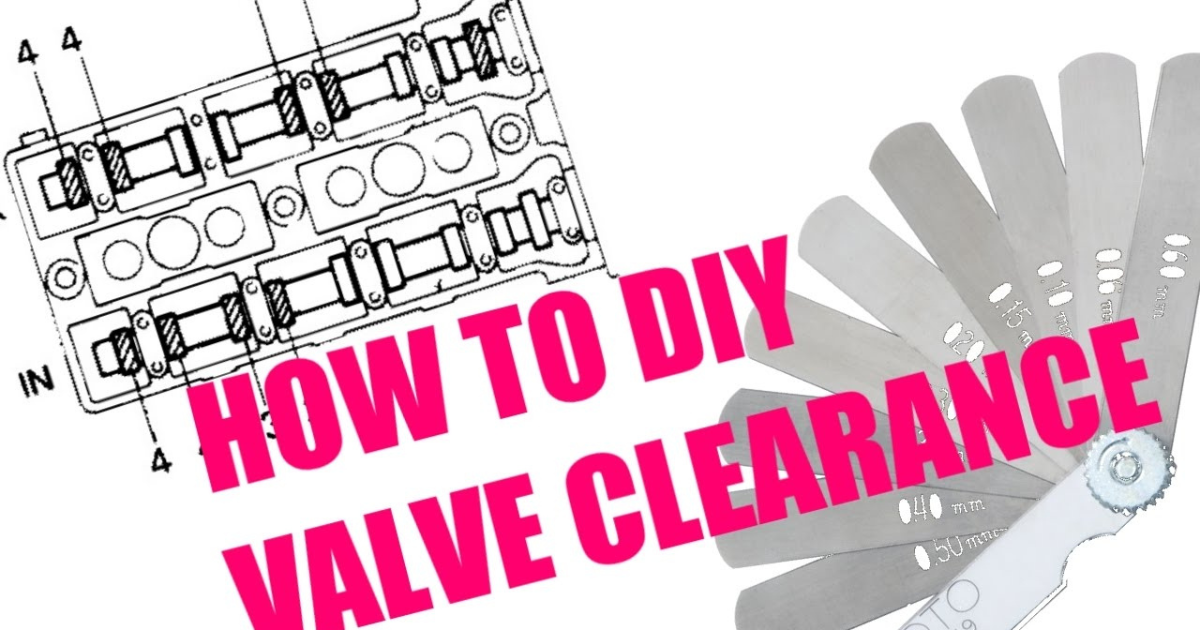An oil pressure-sending unit is a mechanical device in a vehicle that regulates the oil flow within the engine compartment. This component sends information about the vehicle’s oil pressure to the computerized system that controls the oil pressure gauge and warning light indicators. A malfunction in the oil-sending unit means that a wrong or no signal would be sent to the computerized system, causing the gauge and warning light to display inaccurately.
Oil Pressure Switch vs. Sensor
People often use the terms “oil pressure switch” and “oil pressure sensor” interchangeably, but they have slightly different functions. An oil pressure switch is a device that monitors the oil pressure levels and activates or deactivates the corresponding oil pressure dashboard warning light. Meanwhile, an oil pressure sensor measures the pressure of the oil in the engine and sends a signal to the computerized system, which then communicates the information to the vehicle’s oil pressure gauge and warning light.
Symptoms of a Bad Oil Pressure Sending Unit
A vehicle’s oil pressure-sending unit is an essential component that should not be overlooked when it malfunctions. Some symptoms of a bad oil pressure sending unit include:
- Oil pressure warning light display: This is one of the early symptoms of a bad oil pressure sending unit. The moment the oil-sending unit fails, it triggers the warning light and sustains the display until the problem is rectified.
- Inconsistent display of oil pressure warning light: When the oil pressure light comes on and off constantly, it is a sign that a problem is imminent within the oil pressure sending unit and needs to be checked as soon as possible.
- Inaccurate oil pressure gauge readings: If the oil pressure gauge reads zero or fluctuates erratically, it could indicate a problem with the oil pressure sending unit.
How to Test an Oil Pressure Sending Unit
If you suspect that your vehicle’s oil pressure-sending unit is failing, it is time to test the component to figure out whether it is something to worry about or not. Here is a simple step-by-step guide on how to test an oil pressure sensor or sending unit:
- Insert and turn the car key to the accessory setting.
- Check the dashboard oil pressure gauge.
- Disconnect the wire on the oil-sending unit.
- Check the oil pressure gauge again.
- If the oil pressure gauge reads zero, touch the disconnected wire on the vehicle’s battery negative terminal or any metal part of the vehicle.
- Check the oil pressure gauge again. If it reads zero (0), it means the oil-sending unit is okay.
How to Replace a Bad Oil Pressure Sending Unit
Once you have confirmed that your vehicle’s oil pressure-sending unit is bad, it is recommended that you change it immediately. Here are the steps to replace a bad oil pressure-sending unit:
- Park your vehicle and allow the engine to cool down.
- Open the hood and raise it up.
- Disconnect the vehicle’s battery cables from their terminals.
- Disconnect the wire connecting the oil pressure-sending unit.
- Get an oil pressure-sending unit socket or wrench.
- Loosen the oil pressure sending unit.
- Get some tape around the new oil pressure-sending unit to prevent any leaks.
- Thread the new oil sending the unit into its position.
- Tighten the oil pressure-sending unit with the socket or wrench.
- Reconnect the oil pressure sending unit wiring.





